
LOADING ...
In response to evolving domestic opinion, eMedals Inc has made the conscious decision to remove the presentation of German Third Reich historical artifacts from our online catalogue. For three decades, eMedals Inc has made an effort to preserve history in all its forms. As historians and researchers, we have managed sensitive articles and materials with the greatest of care and respect for their past and present social context. We acknowledge the growing sentiments put forth by the Canadian public and have taken proactive actions to address this opinion.
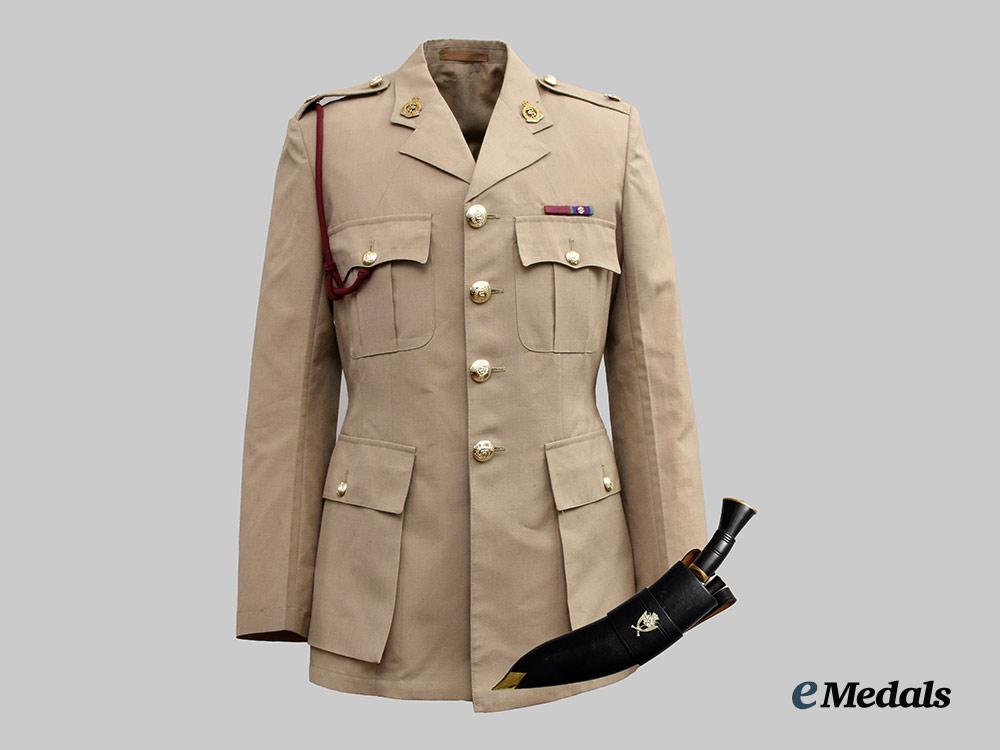
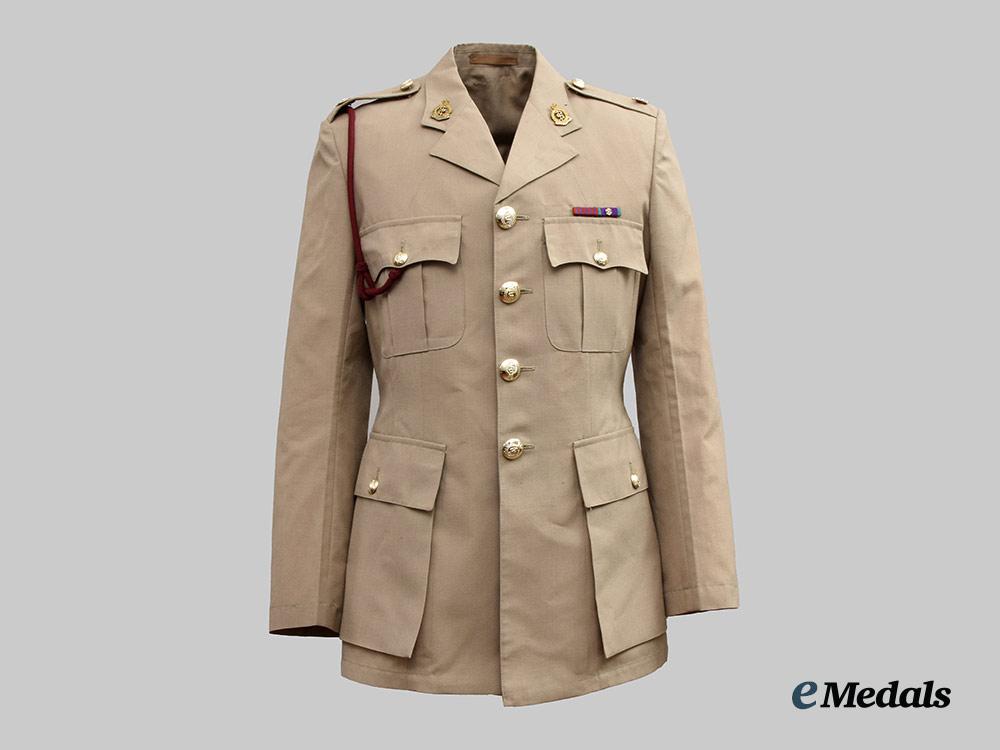
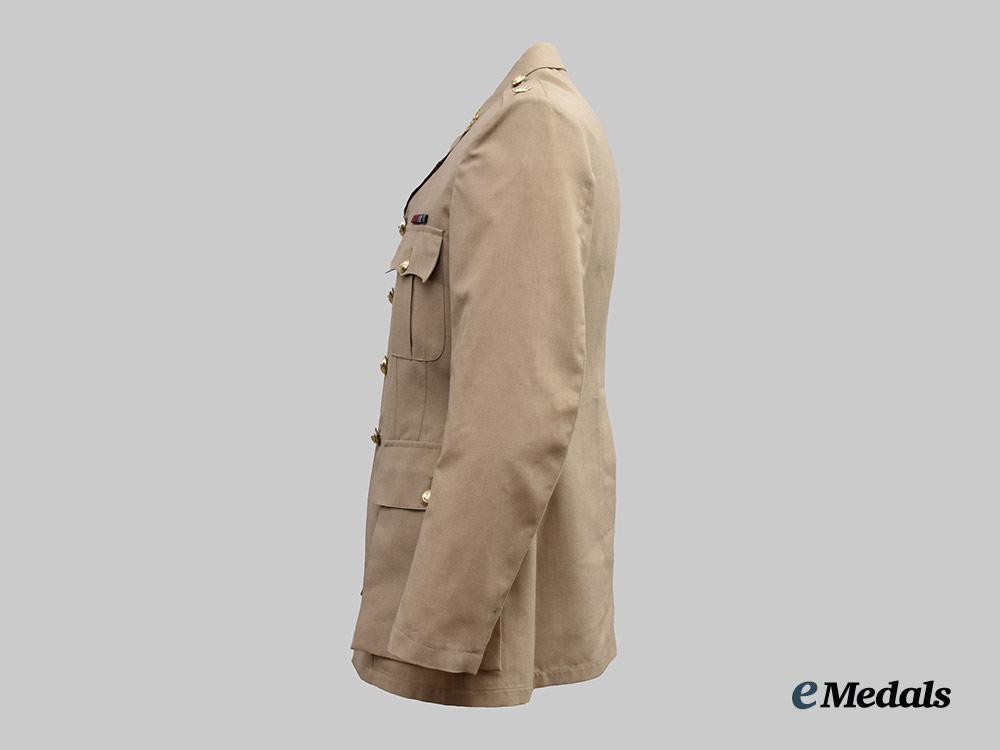
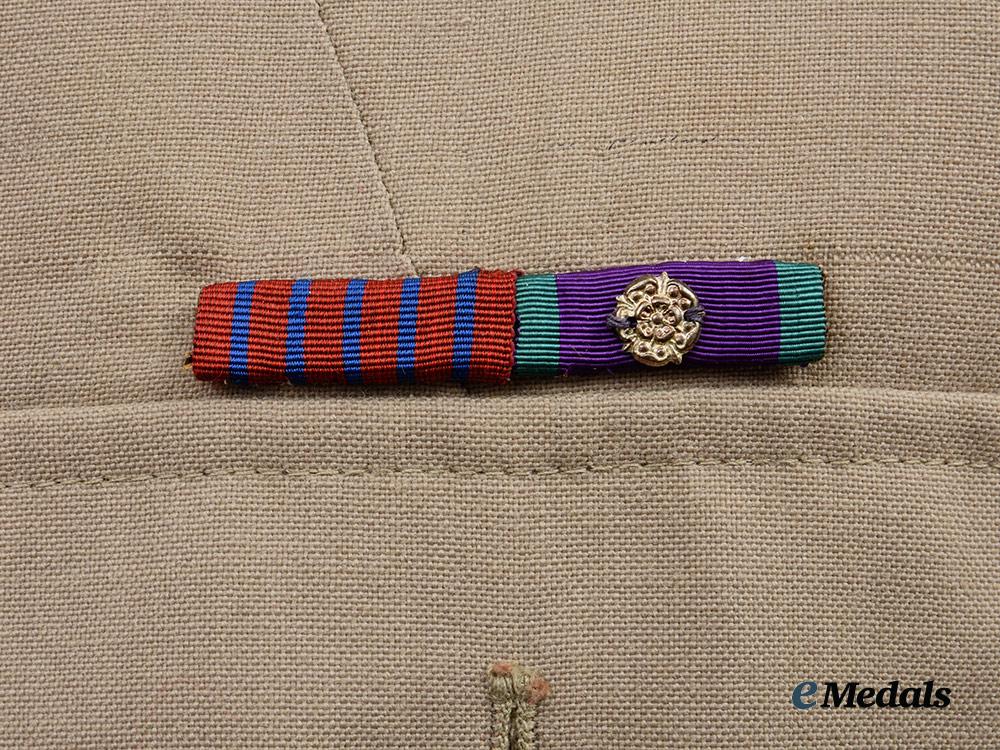
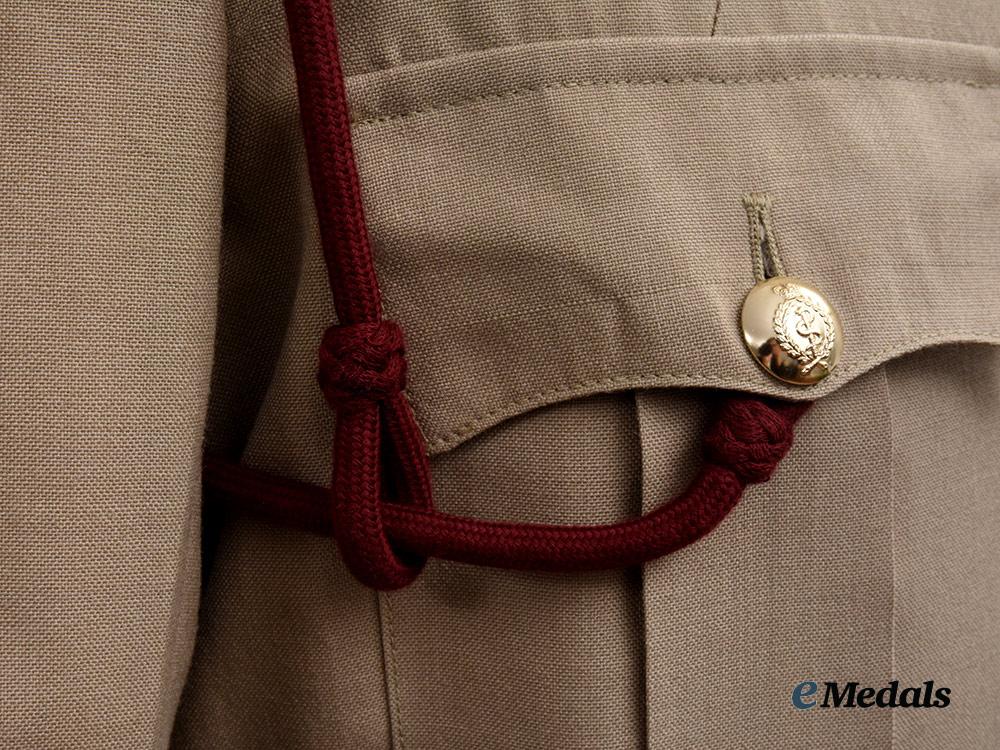
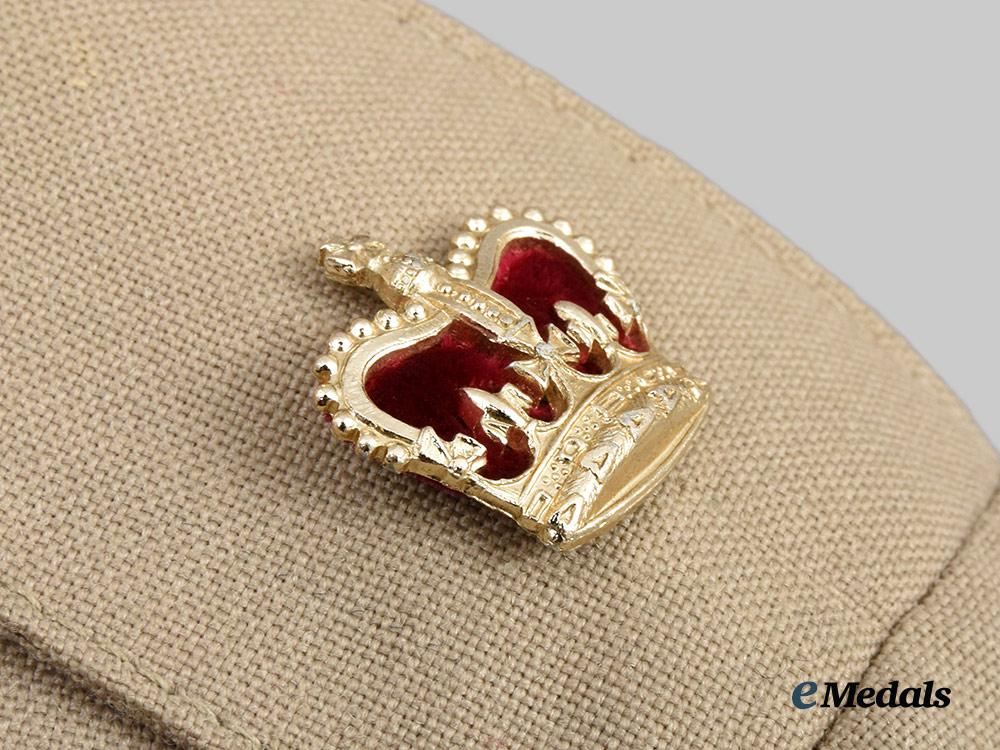
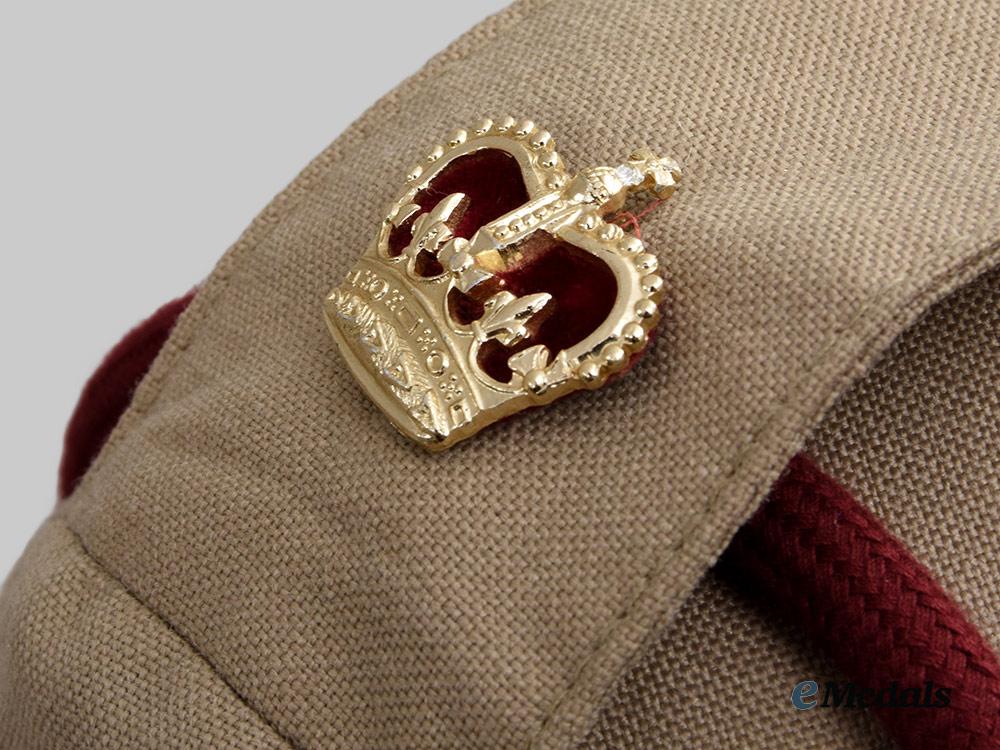
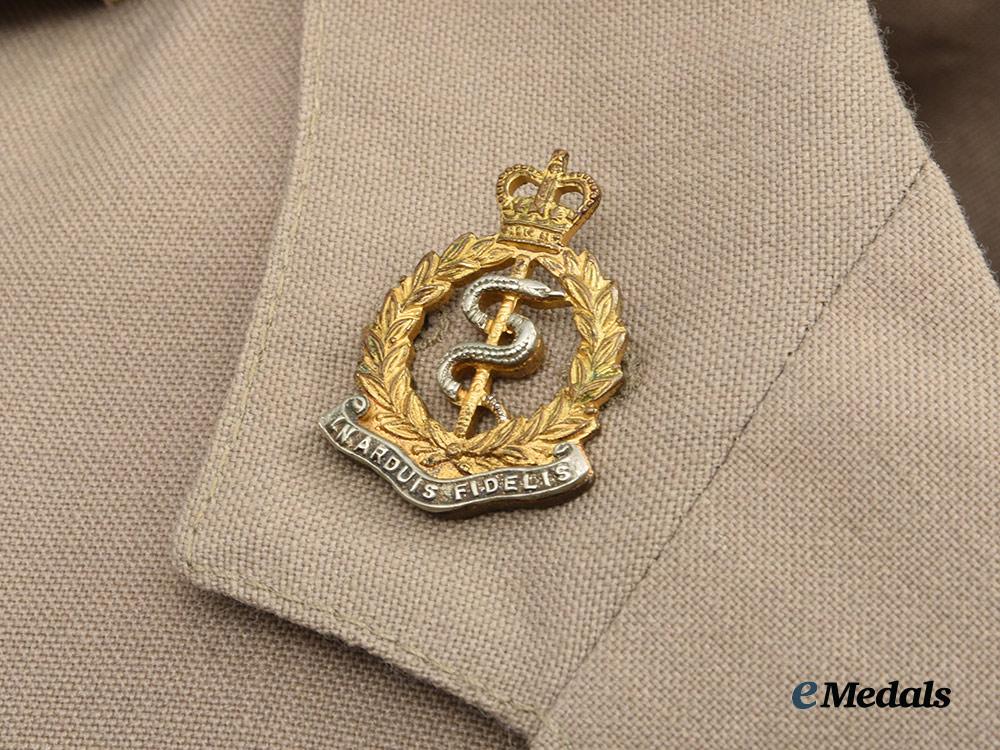
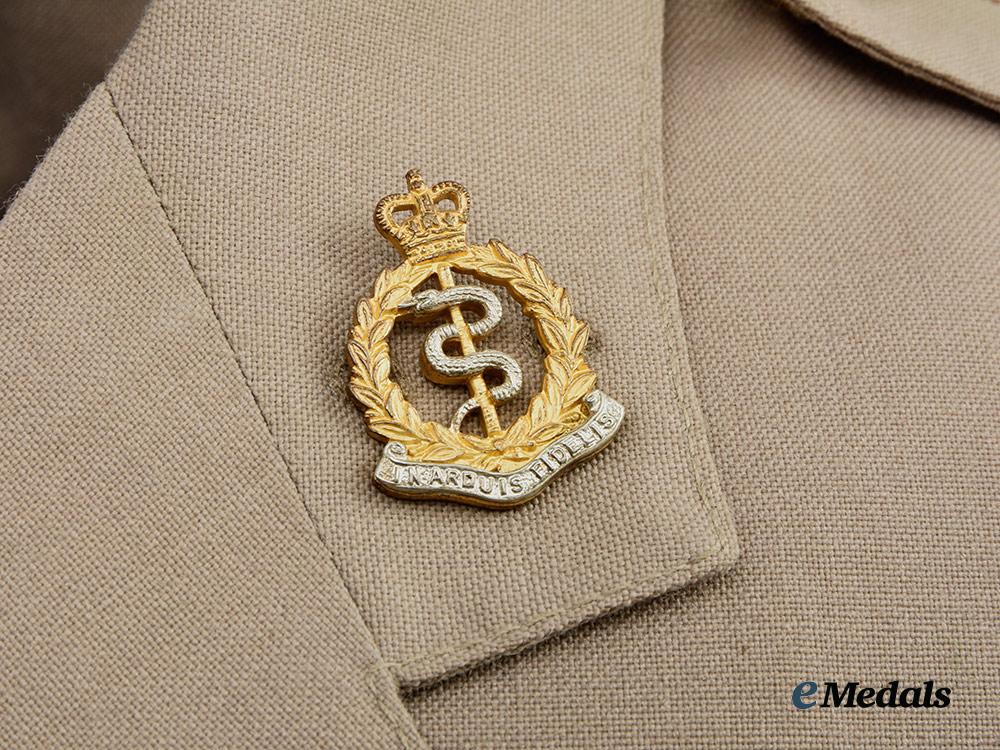
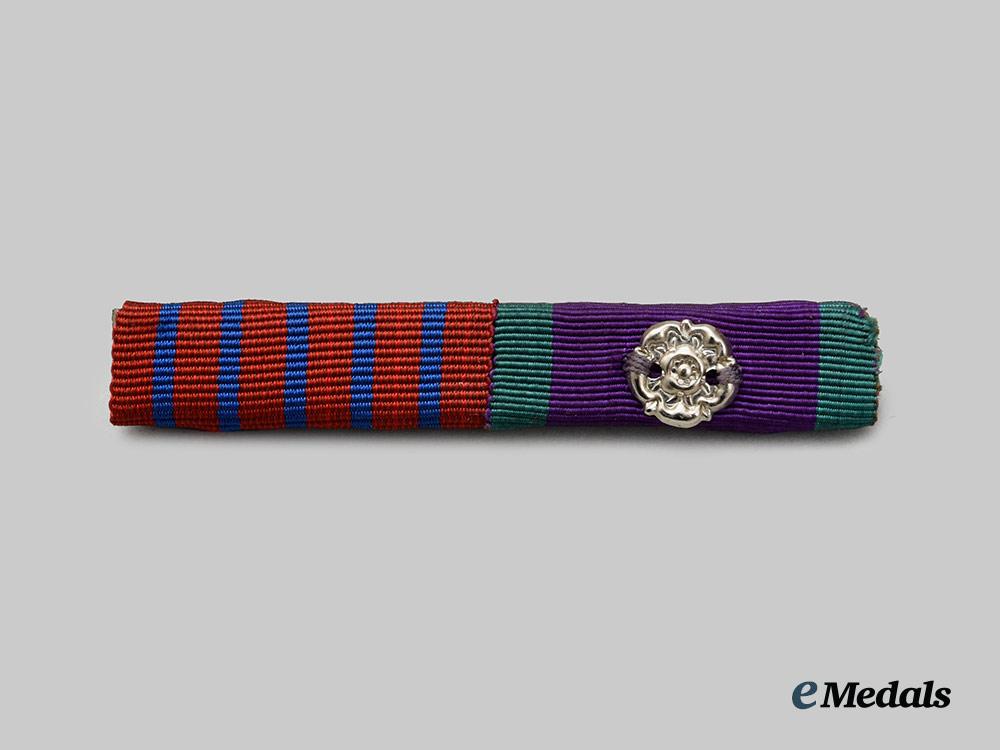
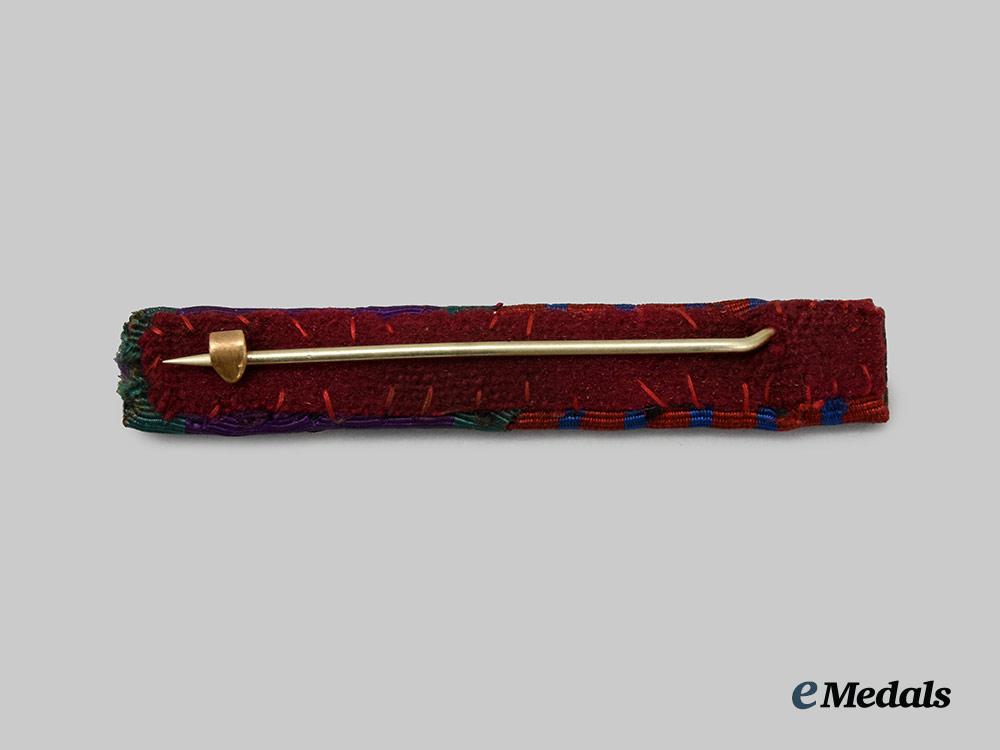
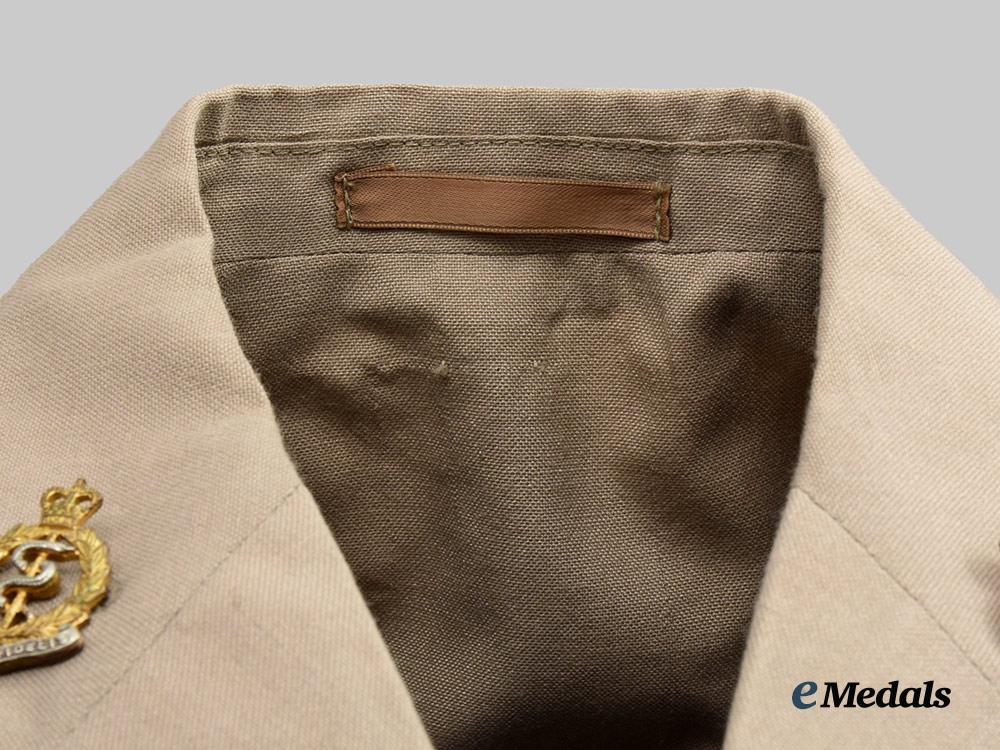
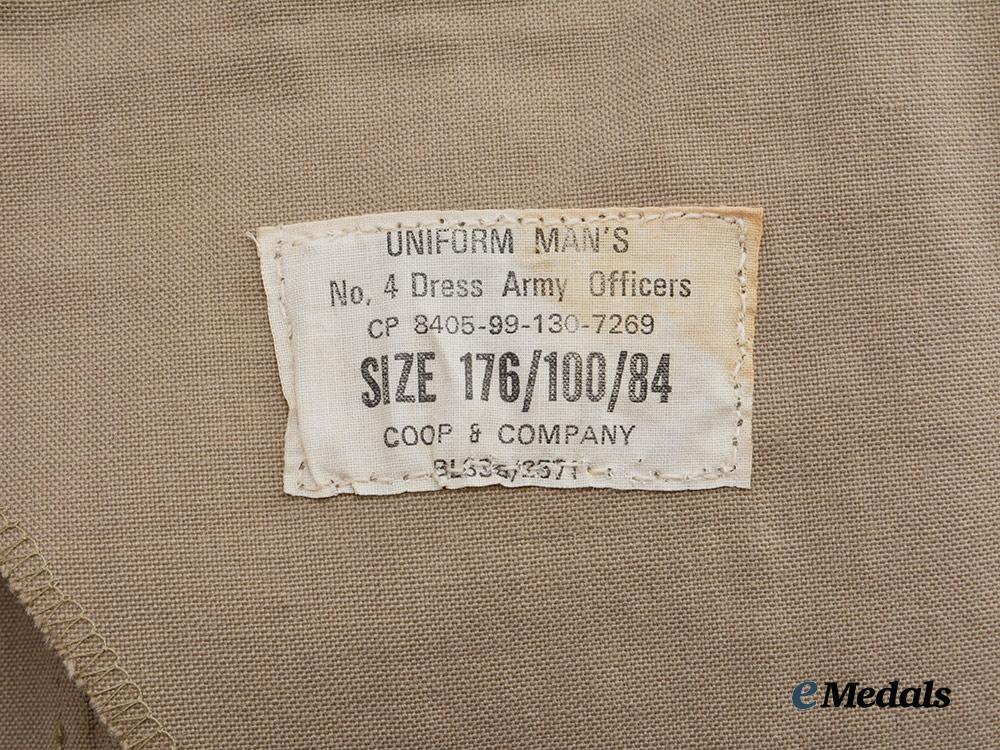
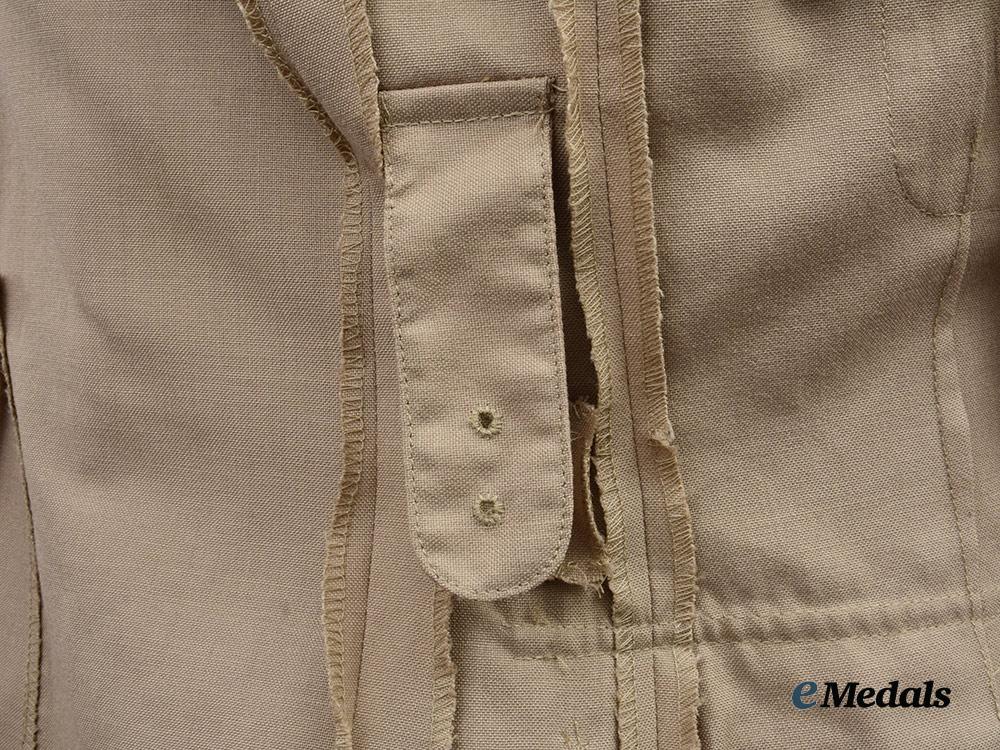
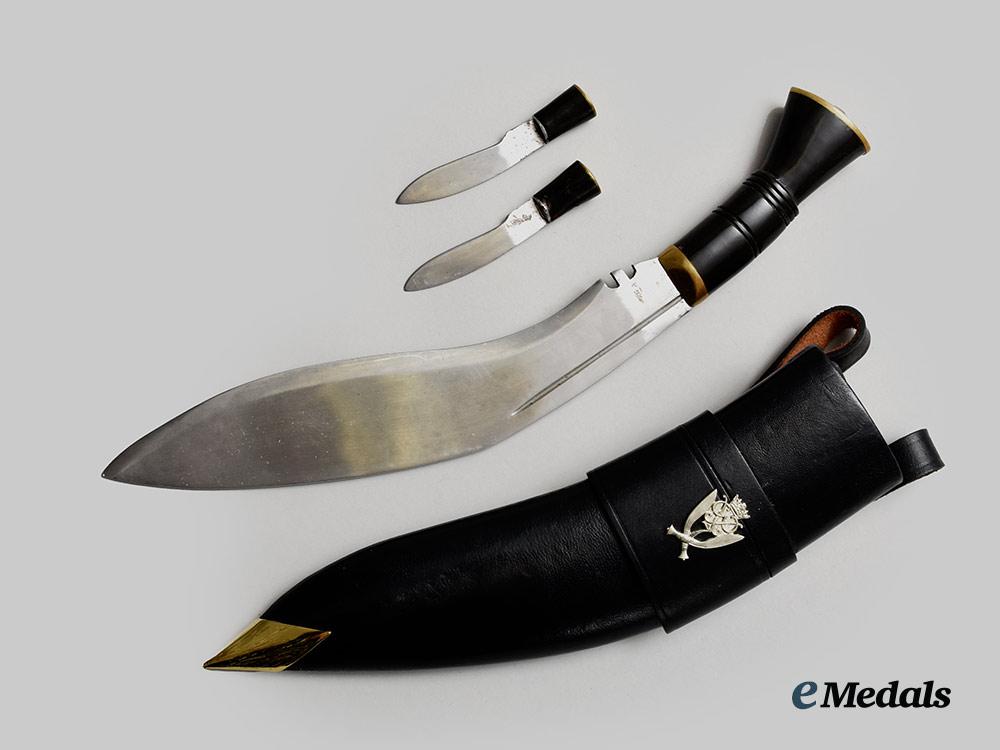

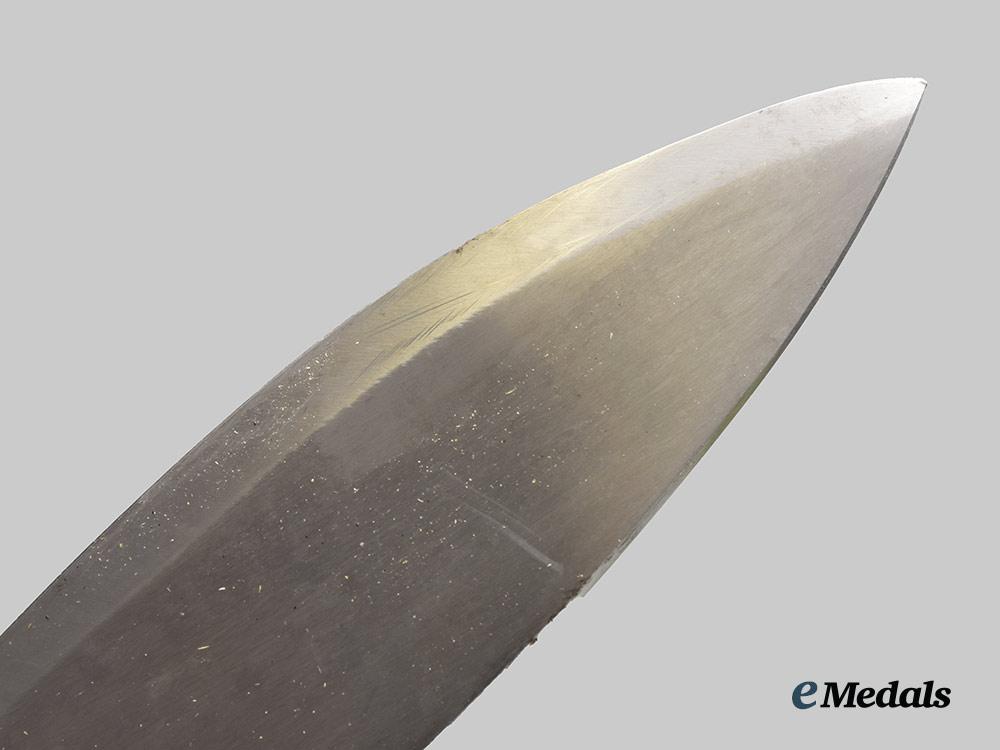
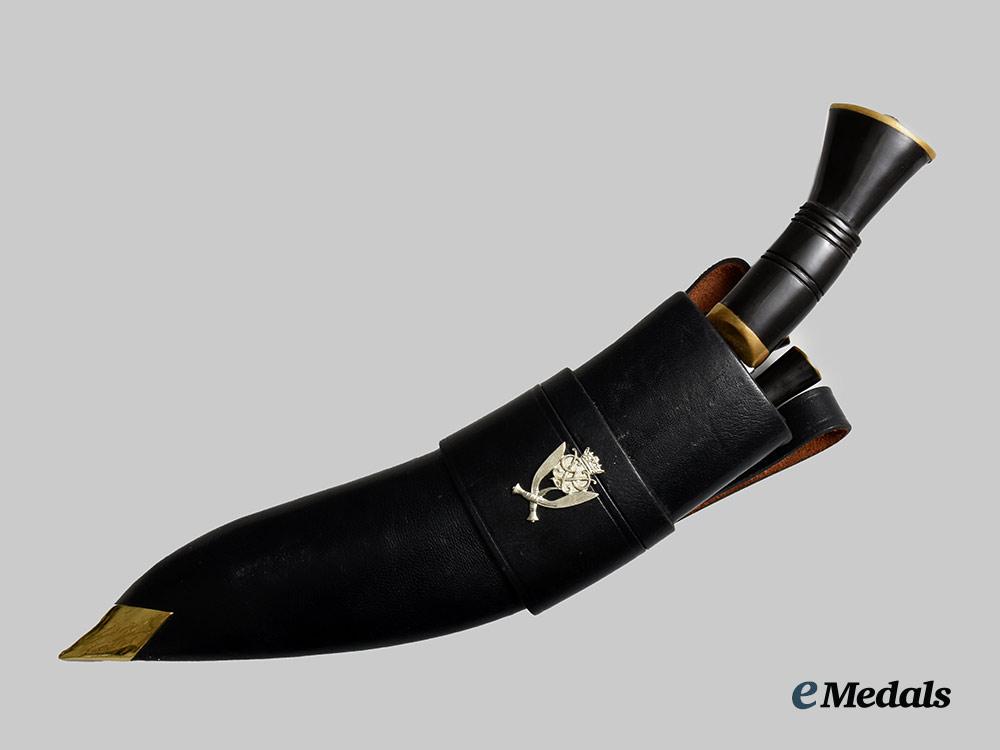
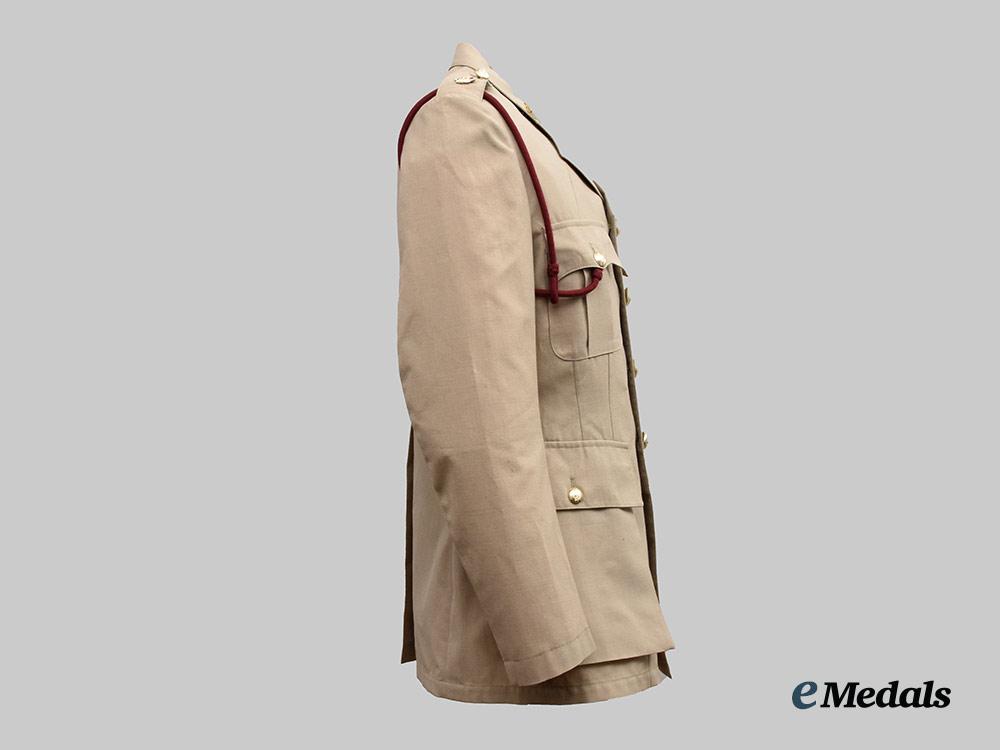
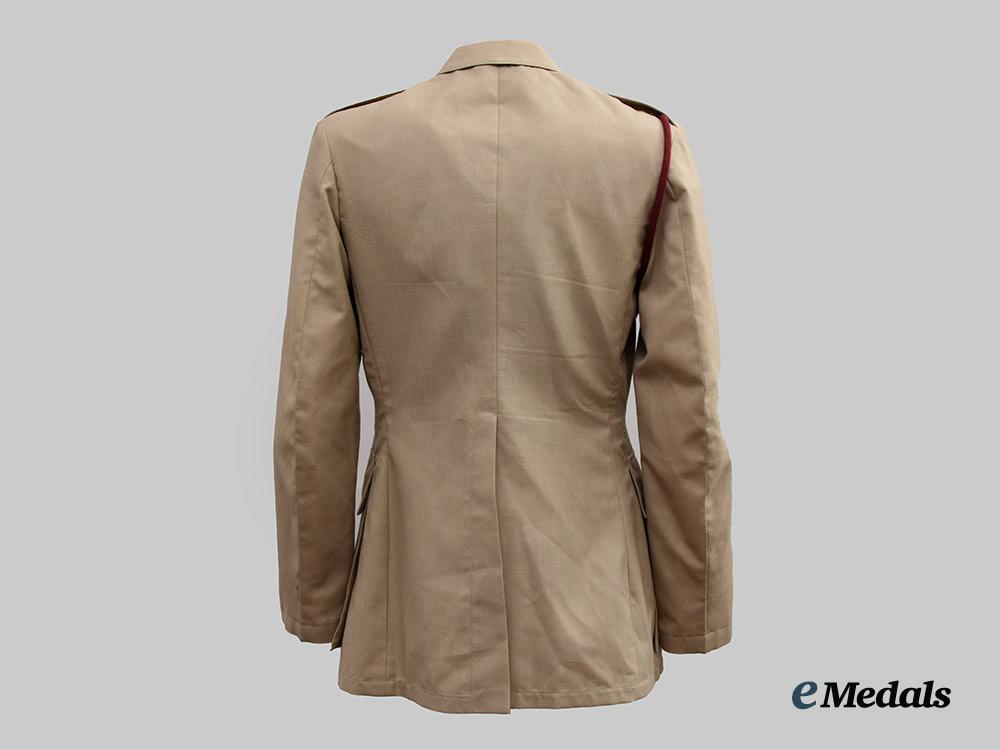
United Kingdom. The Tunic of George Medal Recipient, Major-General Patrick Ian Crawford, Royal Army Medical Corps
United Kingdom. The Tunic of George Medal Recipient, Major-General Patrick Ian Crawford, Royal Army Medical Corps
SKU: ITEM: M0076-126
0% Buyer's Premium
Current Bid:
Your Max Bid:
Bid History:
Time Remaining:
Couldn't load pickup availability
Shipping Details
Shipping Details
eMedals offers rapid domestic and international shipping. Orders received prior to 12:00pm (EST) will be shipped on the same business day.* Orders placed on Canadian Federal holidays will be dispatched the subsequent business day. Courier tracking numbers are provided for all shipments. All items purchased from eMedals can be returned for a full monetary refund or merchandise credit, providing the criteria presented in our Terms & Conditions are met. *Please note that the addition of a COA may impact dispatch time.
Shipping Details
eMedals offers rapid domestic and international shipping. Orders received prior to 12:00pm (EST) will be shipped on the same business day.* Orders placed on Canadian Federal holidays will be dispatched the subsequent business day. Courier tracking numbers are provided for all shipments. All items purchased from eMedals can be returned for a full monetary refund or merchandise credit, providing the criteria presented in our Terms & Conditions are met. *Please note that the addition of a COA may impact dispatch time.
Description
Description
Includes:
1. Tropical Dress Tunic: exterior in khaki cotton, both shoulders incorporating button down epaulette straps, each of which bears a Queen's crown in silvered metal, both straps secured in place via a silvered button bearing the Royal Army Medical Corps insignia. Fed through the epaulette on the right side is a maroon aiguillette cord and terminates in a knot behind the button on the right breast pocket. Both collars bear Royal Army Medical Corps small silvered and gilt collar badges that bear the Queen's crown, each of which is secured in place by a pin fed through two lugs on the underside. The front has four pockets, smaller ones on each breast which have decorative straps giving them a pleated-look, along with fold-over flaps secured in place by large silvered Royal Army Medical Corps buttons. Above the left breast pocket is a ribbon bar sewn in place representing the George Medal and the General Service Medal 1962-2007 with rosette. There are two larger and deeper pockets at the waist, with fold-over flaps secured in place by small silvered Royal Army Medical Corps buttons. The front has a vertical row of four large silvered Royal Army Medical Corps buttons on the right side, facing an equal number of reinforced button holes on the left side. Inside, there are two straps placed just below the armpits, each with two reinforced holes. The lining on the left side has a label sewn in place inscribed "UNIFORM MAN'S / No. 4 Dress Army Officers / CP 8405-99-130-7269 / SIZE 176/100/84 / COOP & COMPANY / BL638/2571", along with a strap in the collar that is designed to hang the blouse from a hook. The jacket measures 450 mm across the shoulders and 850 mm in length overall, is free of flaws and is very clean. As worn.
2. Second Ribbon Bar: representing the George Medal and the General Service Medal 1962-2007 with rosette, on a frame with pinback.
3. Gurkha Kukri: magnetic steel blade, with a very sharp edge (dhaar) and a very sharp tip (tuppa), designed with a bevelled edge (patti) that runs from the tip to the notch (kaudi) and incorporates a wide spine (bitheu/beet). The blade is designed with a flat chest (ang) and without fullers (chairra), with (chirra), with a single groove (khol) running from the peak (juro) through the belly (ghanti) to the bolster (kanzo), the ricasso (ghari) unmarked on both sides, the blade embedded into a blackened wooden handle that embodies two pairs of rings (dora), along with a raised ridge (harhari), is designed without rivets (khil) and is finished with a flare (chata), the butt with a brass and metal cap, the kukri measuring approximately 350 in length. The accompanying scabbard has a black-finished nicely-textured leather wrap around a wooden core, with two large pieces forming the holster to hold the kukri, along with two tube-like pieces housing two smaller knives in a separate compartment, both of which have magnetic steel blades and synthetic handles with black-finished wooden handles and their butts finished with a brass and metal cap, the knives designed to appear as miniature kukris. The exterior is covered in a black-finished, nicely-textured leather, the obverse bearing the 7th Gurkha Rifles insignia in silvered metal, the reverse exhibiting a heavy-stitched seam, the reverse with two large straps for belt attachment, the tip of the scabbard incorporating a brass point, the scabbard measuring approximately 290 mm in length.
Near extremely fine.
Footnote: Ian Patrick Crawford was born on October 11, 1933 in London, England, the son of Donald and Florence Crawford. He was educated at Chatham House Grammar School and St Thomas' Hospital, where he qualified as MRCS (Membership of the Royal College of Surgeons) and as LRCP (Licentiate of the Royal College of Physicians). He was a house-surgeon, casualty and orthopaedic surgeon at the Royal Sussex County Hospital in 1959-1960 until he began National Service with the Royal Army Medical Corps. He extended his National Service into a regular commission, before seeing service in Malaysia and Borneo.
467289 Ian Patrick Crawford was promoted to the rank of Lieutenant, effective October 31, 1960, the announcement appearing in the Second Supplement to the London Gazette 42198 of Friday, November 18, 1960, on Tuesday, November 22, 1960, page 7957. In 1964, Crawford was an expert on preventive medicine and was the Regimental Medical Officer of the 1st Battalion, 7th (Duke of Edinburgh's Own) Gurkha Rifles, which was on active operations in Sarawak during the Confrontation over Borneo between the recently formed British-backed Federation of Malaysia and Indonesia.
On the afternoon of April 20, 1964, the battalion second-in-command, Major (later Brigadier) E.D. “Birdie” Smith set off from Sibu on the Rajang River by helicopter to visit a forward company position, accompanied by Captain Crawford, who was attached as the Medical Officer to the 1st Battalion, 7th Duke of Edinburgh's Own Gurkha Rifles in Sarawak, when the helicopter the latter was travelling in to visit troops forward in the thick jungle suffered engine failure. The helicopter crashed on a steep hillside and rolled down the hillside with ever increasing damage until tree trunks arrested it, crushing the arm of Army officer Major Smith.
The helicopter was at risk of imminent fire from spilled fuel, and those in it were in grave danger. With no thought for his safety Captain Crawford remained for the next hour attending to Smith's injuries including performing an emergency amputation of Smith's right arm without morphia, and stayed with Smith until they were evacuated by helicopter to Simmanggang. Despite complete exhaustion, he helped with surgery at Simmanggang and at Kuching. Crawford had already assisted six Gurkha soldiers to escape from the wreckage of the helicopter, there was a great danger of the remnants of the helicopter going up in flames, before he found Smith badly injured, trapped in the wreckage, and saved his life. For his efforts that day in saving Major Smith's life, Captain Crawford was awarded the George Medal.
Tall, tirelessly energetic and inquiring, Patrick Crawford was just the effective and good-humoured doctor a crisis demanded and, for that matter, to address problems from which others tended to shy away. Crawford then began to focus on preventive medicine and Malaria. From 1968 to 1972 he was on the staff of the British Military Hospital in Singapore, was an instructor at the RAMC training centre and a deputy assistant director of Army health in the Ministry of Defence. In 1972, he was offered an exchange assignment with the Australian Army, where he had a visiting lectureship at Queensland University in Brisbane. He returned to England in 1978 where he worked in the Army Medical Directorate before going to Germany as Director of Army Health at 1st British Corps, where he served with many NATO medical officers. During this period he conducted studies into the effects of sleep deprivation, extremes of cold and heat and improving Army uniforms. In 1981, he served as the Parkes Professor of Preventive Medicine at the Royal Army Medical College and he served in the Defence Medical Services directorate from 1984 to 1986, after which he was seconded to the Saudi Arabian National Guard from 1986. From 1989 to 1993, he served as Commandant of the Royal Army Medical College.
Now a Major General, Crawford was made a Queen's Honorary Physician in 1991, a Member of the Order of St. John in 1992 and retired from the Army on September 1, 1993, as his tenure had expired, succeeded in his post as Honorary Physician to the Queen by Brigadier Timothy Branston Nugent Oldrey (473615). After his Army career, he wrote on preventive medicine and was a member of many charities including the Shipwrecked Fishermen and Mariner's Royal Benevolent Fund and was a trustee of the Florence Nightingale Museum. He hosted former United States President Jimmy Carter in 1991 at the centenary celebration of the London School of Hygiene and Tropical diseases. He also became a chairman of the Cocking Parish Council. In January 2003, he suffered a cerebral haemorrhage and was confined at Holy Cross Hospital, Haslemere for the last five years of his life. He was survived by his wife, Juliet James, whom he married in 1956 and had two sons and a daughter. Major General Ian Patrick Crawford, GM died on February 21, 2009, at the age of 75.
Description
Includes:
1. Tropical Dress Tunic: exterior in khaki cotton, both shoulders incorporating button down epaulette straps, each of which bears a Queen's crown in silvered metal, both straps secured in place via a silvered button bearing the Royal Army Medical Corps insignia. Fed through the epaulette on the right side is a maroon aiguillette cord and terminates in a knot behind the button on the right breast pocket. Both collars bear Royal Army Medical Corps small silvered and gilt collar badges that bear the Queen's crown, each of which is secured in place by a pin fed through two lugs on the underside. The front has four pockets, smaller ones on each breast which have decorative straps giving them a pleated-look, along with fold-over flaps secured in place by large silvered Royal Army Medical Corps buttons. Above the left breast pocket is a ribbon bar sewn in place representing the George Medal and the General Service Medal 1962-2007 with rosette. There are two larger and deeper pockets at the waist, with fold-over flaps secured in place by small silvered Royal Army Medical Corps buttons. The front has a vertical row of four large silvered Royal Army Medical Corps buttons on the right side, facing an equal number of reinforced button holes on the left side. Inside, there are two straps placed just below the armpits, each with two reinforced holes. The lining on the left side has a label sewn in place inscribed "UNIFORM MAN'S / No. 4 Dress Army Officers / CP 8405-99-130-7269 / SIZE 176/100/84 / COOP & COMPANY / BL638/2571", along with a strap in the collar that is designed to hang the blouse from a hook. The jacket measures 450 mm across the shoulders and 850 mm in length overall, is free of flaws and is very clean. As worn.
2. Second Ribbon Bar: representing the George Medal and the General Service Medal 1962-2007 with rosette, on a frame with pinback.
3. Gurkha Kukri: magnetic steel blade, with a very sharp edge (dhaar) and a very sharp tip (tuppa), designed with a bevelled edge (patti) that runs from the tip to the notch (kaudi) and incorporates a wide spine (bitheu/beet). The blade is designed with a flat chest (ang) and without fullers (chairra), with (chirra), with a single groove (khol) running from the peak (juro) through the belly (ghanti) to the bolster (kanzo), the ricasso (ghari) unmarked on both sides, the blade embedded into a blackened wooden handle that embodies two pairs of rings (dora), along with a raised ridge (harhari), is designed without rivets (khil) and is finished with a flare (chata), the butt with a brass and metal cap, the kukri measuring approximately 350 in length. The accompanying scabbard has a black-finished nicely-textured leather wrap around a wooden core, with two large pieces forming the holster to hold the kukri, along with two tube-like pieces housing two smaller knives in a separate compartment, both of which have magnetic steel blades and synthetic handles with black-finished wooden handles and their butts finished with a brass and metal cap, the knives designed to appear as miniature kukris. The exterior is covered in a black-finished, nicely-textured leather, the obverse bearing the 7th Gurkha Rifles insignia in silvered metal, the reverse exhibiting a heavy-stitched seam, the reverse with two large straps for belt attachment, the tip of the scabbard incorporating a brass point, the scabbard measuring approximately 290 mm in length.
Near extremely fine.
Footnote: Ian Patrick Crawford was born on October 11, 1933 in London, England, the son of Donald and Florence Crawford. He was educated at Chatham House Grammar School and St Thomas' Hospital, where he qualified as MRCS (Membership of the Royal College of Surgeons) and as LRCP (Licentiate of the Royal College of Physicians). He was a house-surgeon, casualty and orthopaedic surgeon at the Royal Sussex County Hospital in 1959-1960 until he began National Service with the Royal Army Medical Corps. He extended his National Service into a regular commission, before seeing service in Malaysia and Borneo.
467289 Ian Patrick Crawford was promoted to the rank of Lieutenant, effective October 31, 1960, the announcement appearing in the Second Supplement to the London Gazette 42198 of Friday, November 18, 1960, on Tuesday, November 22, 1960, page 7957. In 1964, Crawford was an expert on preventive medicine and was the Regimental Medical Officer of the 1st Battalion, 7th (Duke of Edinburgh's Own) Gurkha Rifles, which was on active operations in Sarawak during the Confrontation over Borneo between the recently formed British-backed Federation of Malaysia and Indonesia.
On the afternoon of April 20, 1964, the battalion second-in-command, Major (later Brigadier) E.D. “Birdie” Smith set off from Sibu on the Rajang River by helicopter to visit a forward company position, accompanied by Captain Crawford, who was attached as the Medical Officer to the 1st Battalion, 7th Duke of Edinburgh's Own Gurkha Rifles in Sarawak, when the helicopter the latter was travelling in to visit troops forward in the thick jungle suffered engine failure. The helicopter crashed on a steep hillside and rolled down the hillside with ever increasing damage until tree trunks arrested it, crushing the arm of Army officer Major Smith.
The helicopter was at risk of imminent fire from spilled fuel, and those in it were in grave danger. With no thought for his safety Captain Crawford remained for the next hour attending to Smith's injuries including performing an emergency amputation of Smith's right arm without morphia, and stayed with Smith until they were evacuated by helicopter to Simmanggang. Despite complete exhaustion, he helped with surgery at Simmanggang and at Kuching. Crawford had already assisted six Gurkha soldiers to escape from the wreckage of the helicopter, there was a great danger of the remnants of the helicopter going up in flames, before he found Smith badly injured, trapped in the wreckage, and saved his life. For his efforts that day in saving Major Smith's life, Captain Crawford was awarded the George Medal.
Tall, tirelessly energetic and inquiring, Patrick Crawford was just the effective and good-humoured doctor a crisis demanded and, for that matter, to address problems from which others tended to shy away. Crawford then began to focus on preventive medicine and Malaria. From 1968 to 1972 he was on the staff of the British Military Hospital in Singapore, was an instructor at the RAMC training centre and a deputy assistant director of Army health in the Ministry of Defence. In 1972, he was offered an exchange assignment with the Australian Army, where he had a visiting lectureship at Queensland University in Brisbane. He returned to England in 1978 where he worked in the Army Medical Directorate before going to Germany as Director of Army Health at 1st British Corps, where he served with many NATO medical officers. During this period he conducted studies into the effects of sleep deprivation, extremes of cold and heat and improving Army uniforms. In 1981, he served as the Parkes Professor of Preventive Medicine at the Royal Army Medical College and he served in the Defence Medical Services directorate from 1984 to 1986, after which he was seconded to the Saudi Arabian National Guard from 1986. From 1989 to 1993, he served as Commandant of the Royal Army Medical College.
Now a Major General, Crawford was made a Queen's Honorary Physician in 1991, a Member of the Order of St. John in 1992 and retired from the Army on September 1, 1993, as his tenure had expired, succeeded in his post as Honorary Physician to the Queen by Brigadier Timothy Branston Nugent Oldrey (473615). After his Army career, he wrote on preventive medicine and was a member of many charities including the Shipwrecked Fishermen and Mariner's Royal Benevolent Fund and was a trustee of the Florence Nightingale Museum. He hosted former United States President Jimmy Carter in 1991 at the centenary celebration of the London School of Hygiene and Tropical diseases. He also became a chairman of the Cocking Parish Council. In January 2003, he suffered a cerebral haemorrhage and was confined at Holy Cross Hospital, Haslemere for the last five years of his life. He was survived by his wife, Juliet James, whom he married in 1956 and had two sons and a daughter. Major General Ian Patrick Crawford, GM died on February 21, 2009, at the age of 75.




















You May Also Like
Germany, SA. A Model 1933 Service Dagger, SA-Gruppe Nordsee, by Friedrich von der Kohlen
G59818
Germany, SA. A Model 1933 Service Dagger, SA-Gruppe Pommern, by Gustav Wirth
G59816
Germany, Third Reich. A Mixed Lot of Tyrolean Marksmanship Badges
G52930
Germany, SS. An Estonian Waffen-SS Volunteer’s Sleeve Shield
G50381
Germany, SS. A Waffen-SS Sturmmann Sleeve Insignia
G52846
-
Germany, SA. A Model 1933 Service Dagger, SA-Gruppe Nordsee, by Friedrich von der Kohlen
G59818
Add to CartRegular price $980 USDRegular price $0 USD Sale price $980 USDUnit price / per -
Germany, SA. A Model 1933 Service Dagger, SA-Gruppe Pommern, by Gustav Wirth
G59816
Add to CartRegular price $980 USDRegular price $0 USD Sale price $980 USDUnit price / per -
Germany, Third Reich. A Mixed Lot of Tyrolean Marksmanship Badges
G52930
Add to CartRegular price $135 USDRegular price $0 USD Sale price $135 USDUnit price / per -
Germany, SS. An Estonian Waffen-SS Volunteer’s Sleeve Shield
G50381
Add to CartRegular price $150 USDRegular price $0 USD Sale price $150 USDUnit price / per -
Germany, SS. A Waffen-SS Sturmmann Sleeve Insignia
G52846
Add to CartRegular price $135 USDRegular price $0 USD Sale price $135 USDUnit price / per
Do you have a similar item you are interested in selling?
Please complete the form and our client care representatives will contact you.
Sell Item












































